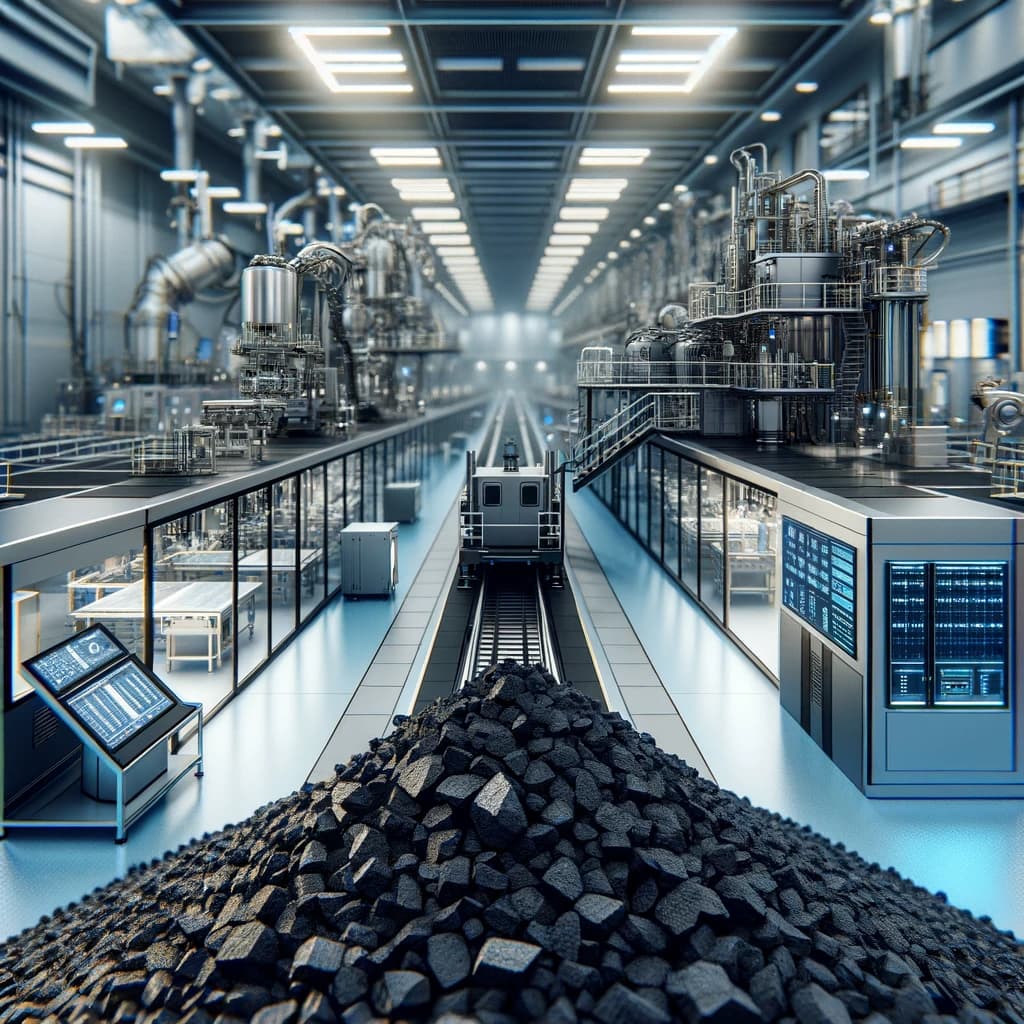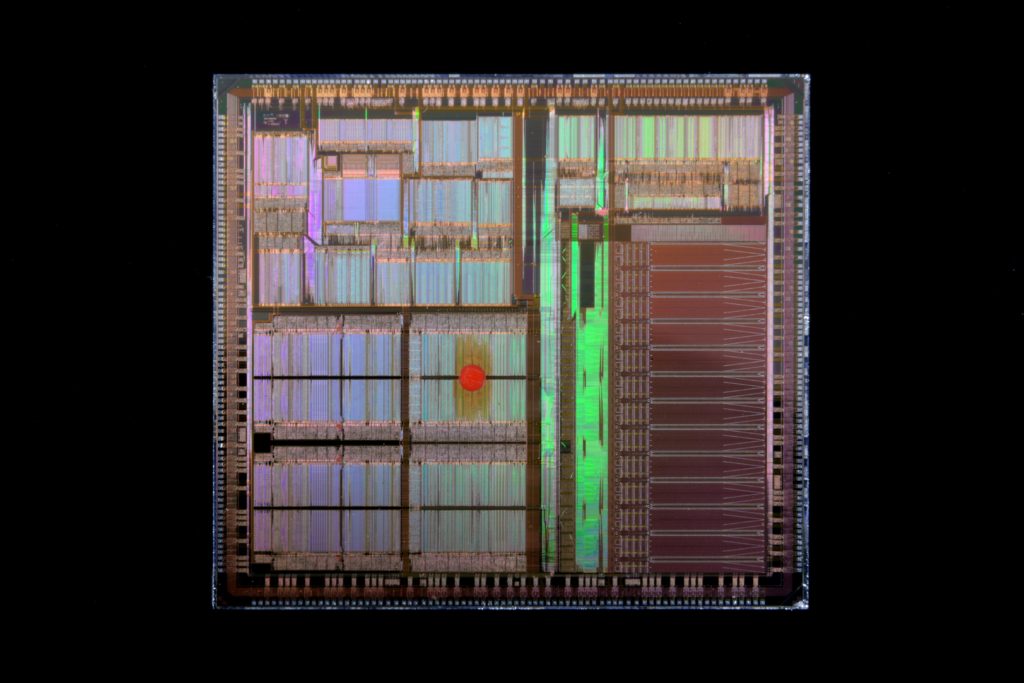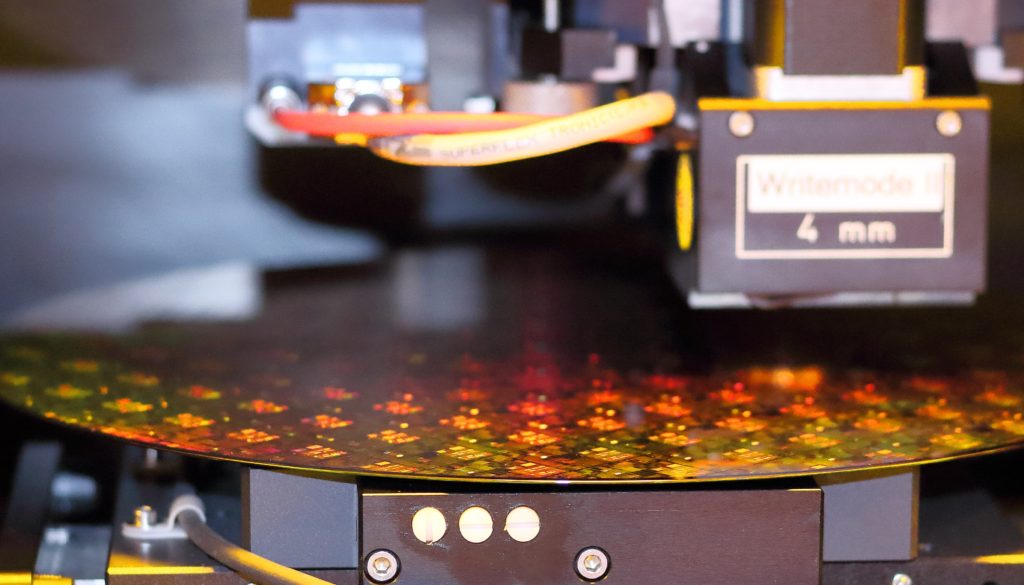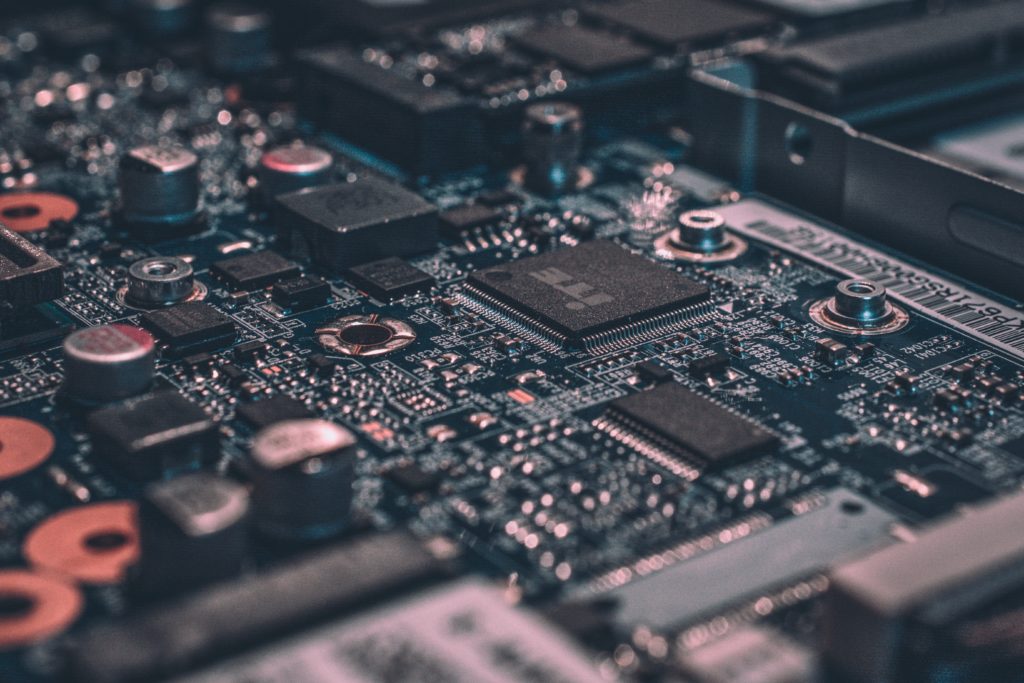Image Generated Using DALL-E
The research from the University of Illinois Urbana-Champaign, the National Energy Technology Laboratory, Oak Ridge National Laboratory, and the Taiwan Semiconductor Manufacturing Company has unveiled a novel use of coal in microelectronics. It leads to the question of whether coal (a resource that is widely available in many countries) can drive the semiconductor industry by enabling some breakthrough solutions. The answer might be yes.
The fundamental appeal of coal in semiconductor production lies in its carbon content. When processed into graphene, a form of carbon only one atom thick, exhibits exceptional electrical, thermal, and mechanical properties. These properties make graphene an ideal candidate for various semiconductor applications. Unlike traditional semiconductor materials like silicon, graphene allows for potentially faster and more efficient electronic devices, paving the way for next-generation technologies.
Let us take a look at a few promising coal-based solutions that can power the future needs of computing:
Carbon For Silicon Carbide (SiC) Semiconductors: Silicon Carbide, a compound semiconductor material, is essential in high-power, high-frequency applications. Formed by combining silicon and carbon, coal is an abundant carbon source. SiC semiconductors are widely used in power devices, high-temperature sensors, and high-frequency devices. It could be one way to mass-use coal to enable SiC. However, there are several hurdles in the form of purity to producing high-quality coal. Nevertheless, Touchstone Research Laboratory has done a study on a comprehensive evaluation of how coal can be used in making porous silicon carbide. It recommends using coal tar pitch as the principal carbon source since it does not have an ash constituent, has a high carbon yield, and is an excellent binder.
Graphene Production: Graphene, a form of carbon only one atom thick, exhibits exceptional electrical, thermal, and mechanical properties. It is used to make faster and more heat-efficient transistors than traditional silicon transistors. Coal is a potential source for graphene production due to its high carbon content. Researchers at the Georgia Institute of Technology have already created the world’s first functional semiconductor made from graphene. As the research advances, this could be a significant breakthrough for the semiconductor industry.
Precursors For Carbon Nanotubes: Carbon nanotubes (CNTs), with their remarkable electrical conductivity and mechanical strength, are promising in various electronic applications. Coal can serve as a raw material for the production of CNTs. Researchers from Northwestern University have already shown the future of carbon nanotube (CNT) transistors, which are emerging as a potential replacement for silicon in transistors.
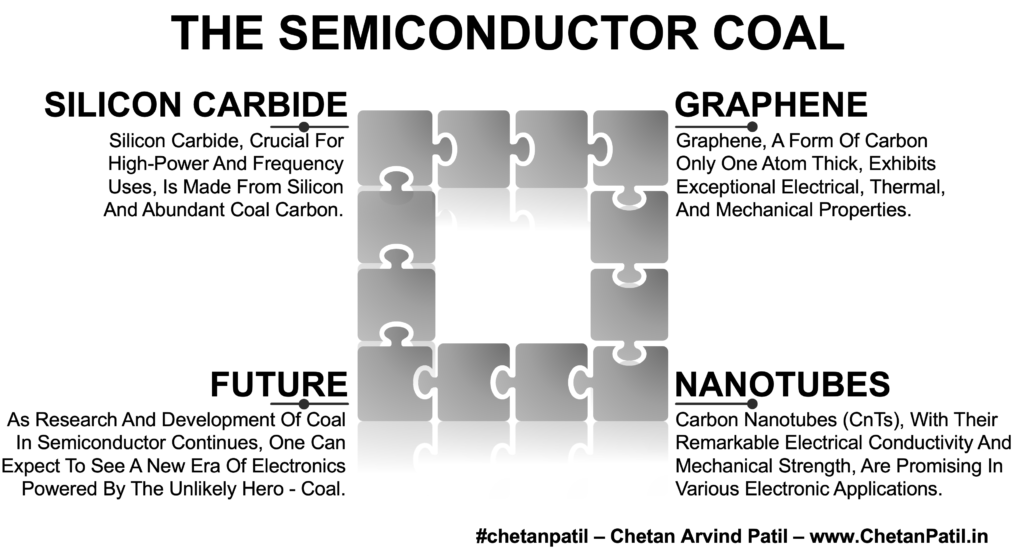
The above three are only a few use cases of carbon/coal in the semiconductor industry. Several researchers have been focusing on how to improve microelectronics using coal. If the technology and business world align, coal-driven carbon can push the computing industry to new levels.
Moreover, using coal-derived carbon in semiconductor manufacturing could significantly reduce costs. Coal is abundant and inexpensive, especially compared to rare or hard-to-process materials currently used in semiconductor fabrication. By tapping into this resource, the industry can lower production costs while maintaining high-performance standards. This cost-effectiveness could lead to more affordable electronic devices, making cutting-edge technology more accessible to a broader range of consumers.
In conclusion, the integration of coal into the semiconductor industry represents a significant step forward. It combines the benefits of advanced material science with the practicality of using an abundant resource.
This innovation promises to enhance the performance and reduce the cost of electronic devices and contributes to a more sustainable approach to technological advancements. As research and development in this field continue, one can expect to see a new era of electronics powered by the unlikely hero – coal.
